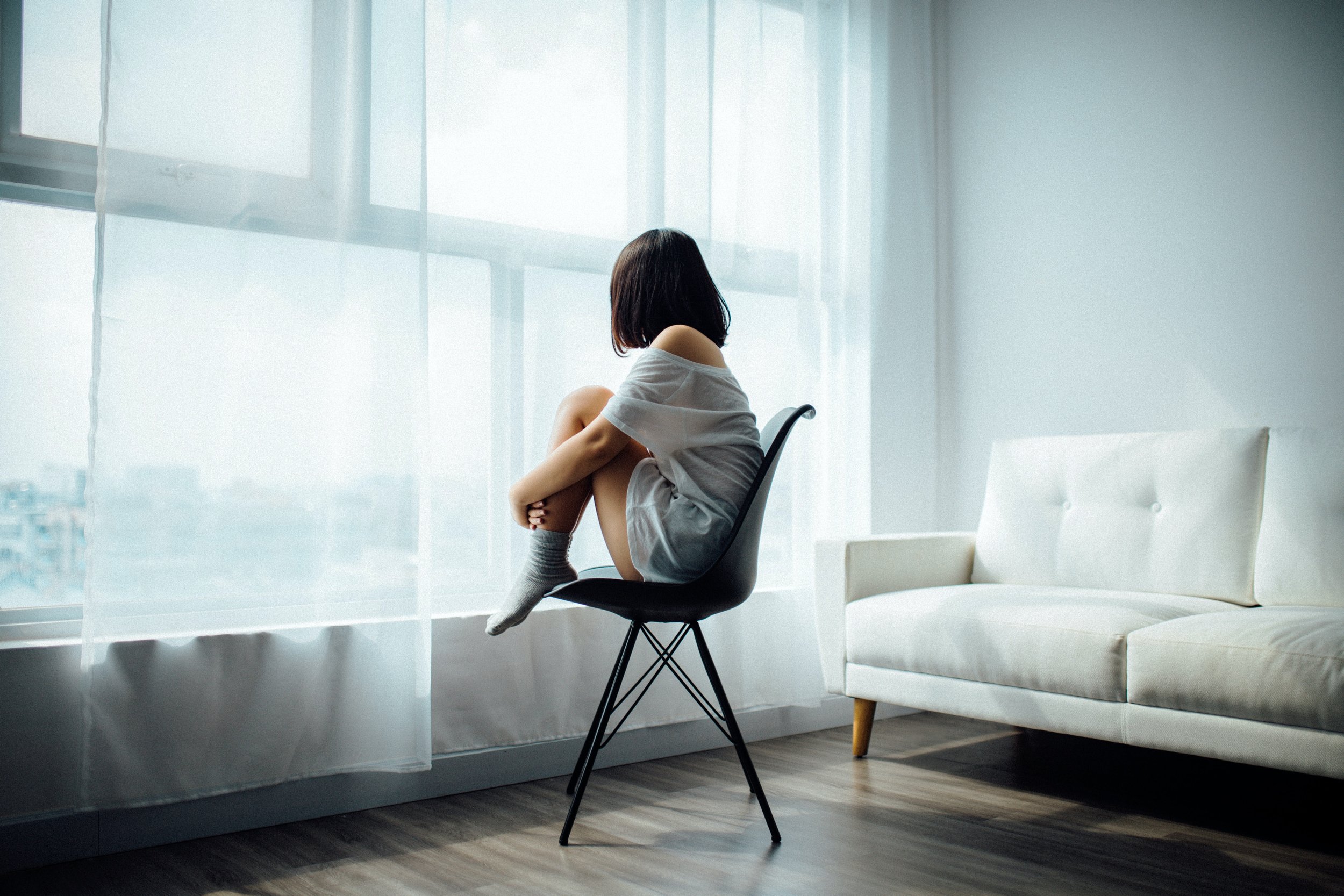The psychology behind independent women and their difficulty accepting help and love from their significant others can be complex and multifaceted. However, there are a few key factors that may contribute to this phenomenon:
Self-reliance: Independent women often pride themselves on their ability to take care of themselves and solve their own problems. They may have a strong sense of self-reliance and feel uncomfortable relying on others for help, even their significant other.
Fear of vulnerability: Being vulnerable can be scary for anyone, but independent women may feel particularly vulnerable when they open themselves up to love and support. They may worry that being vulnerable will make them appear weak or needy, which can be difficult for someone who values their independence.
Past experiences: Independent women may have had negative experiences in the past that have made them wary of accepting help or love from others. They may have been let down or hurt by people they trusted, which can make it hard for them to open up to others.
Societal expectations: Society often puts pressure on women to be self-sufficient and independent, which can make it challenging to accept help and love from a partner. Women may feel like they need to prove themselves or maintain a certain image, which can interfere with their ability to be vulnerable and open in their relationship.
CLICK HERE TO WATCH DR. JADA ON GOOD MORNING TEXAS WFAA
Overall, the psychology behind independent women and their difficulty accepting help and love from their significant other can be complex and may involve a combination of personal, societal, and cultural factors. However, by understanding these factors and working to build trust and vulnerability in their relationship, independent women can learn to accept love and support from their partners while still maintaining their sense of independence.
For independent women, learning to let go and love can be a challenging process, but it's possible with some intentional effort and self-reflection. Here are a few tips to help independent women let go and learn to love:
Challenge your beliefs: Sometimes, our beliefs about ourselves and relationships can hold us back from experiencing love. For example, if you believe that being vulnerable is a sign of weakness, it may be difficult to open up and let someone in. Challenge these beliefs and try to reframe them in a more positive light. For example, vulnerability can be a sign of strength and courage.
Practice self-compassion: Independent women often hold themselves to high standards and can be self-critical. Practicing self-compassion involves treating yourself with kindness, understanding, and forgiveness. When you make a mistake or feel vulnerable, be gentle with yourself and offer yourself the same support and care you would offer a friend.
Build trust: Trust is essential in any relationship, but it can be particularly challenging for independent women who are used to relying on themselves. Start by building trust with yourself - trust your intuition, set healthy boundaries, and take care of your own needs. As you build trust with yourself, it will be easier to trust others and let them in.
Practice gratitude: Gratitude is a powerful tool for cultivating positive emotions and building stronger relationships. Take time each day to reflect on the things you are grateful for, whether it's a kind gesture from your partner or a moment of self-reflection. Focusing on the positive can help shift your mindset and make it easier to let go and experience love.
Communicate openly: Communication is key in any relationship, and it's especially important for independent women who may have a harder time asking for help or expressing their needs. Practice open and honest communication with your partner, and don't be afraid to express your feelings or ask for what you need.
Learning to let go and love as an independent woman can be a challenging process, but with practice and patience, it's possible to build stronger, more fulfilling relationships while still maintaining your sense of independence.





